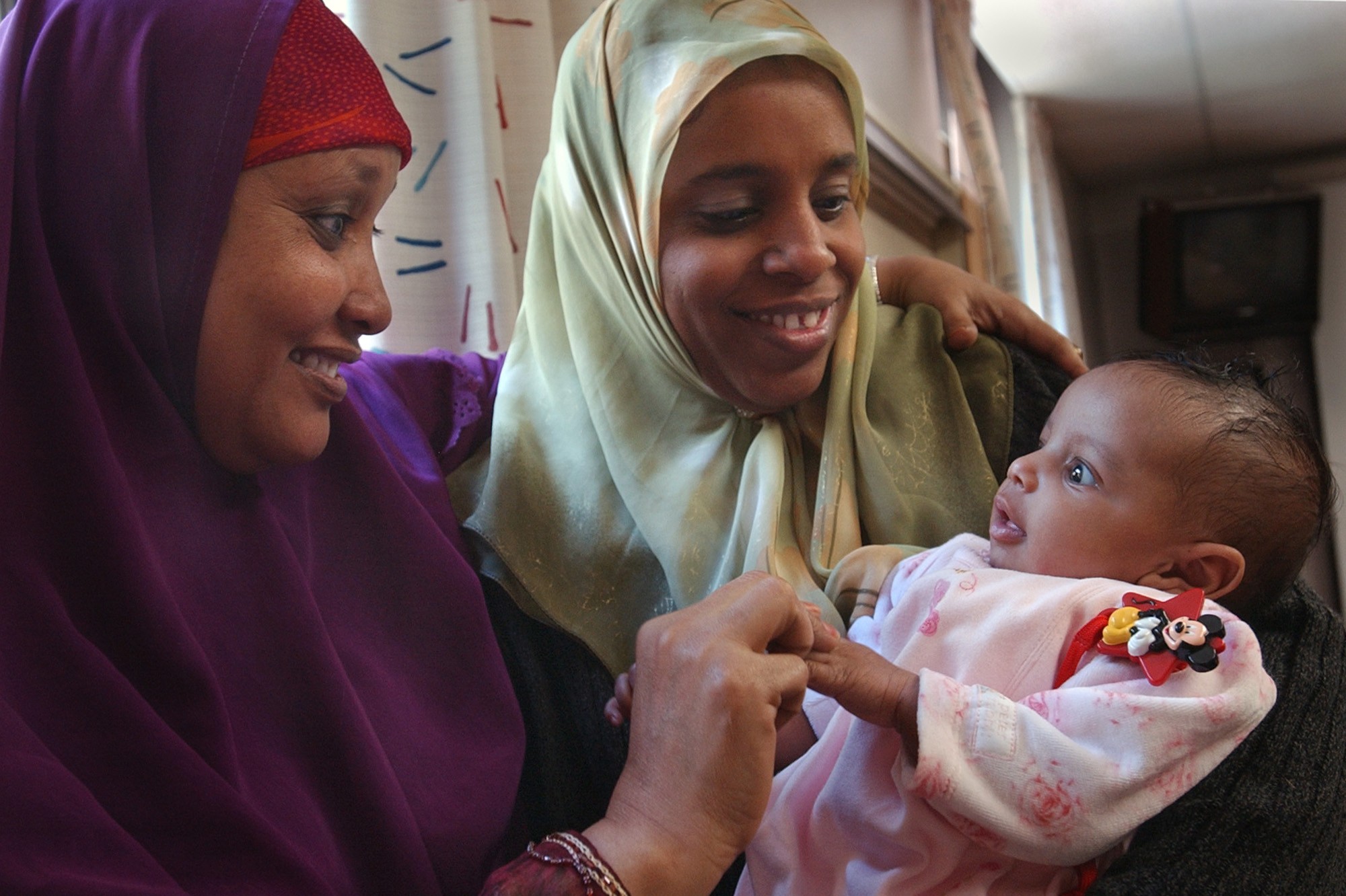Overview
Pregnancy and childbirth are pivotal events in a woman’s life, framed by both the overall care experience and the actual birth event. In maternity care today, there are a variety of payment mechanisms. These different payment mechanisms are often associated with overuse of high-cost interventions and underuse of low-cost interventions, which leads to less-than-desirable outcomes for women and their babies, despite the fact that the maternity population is generally healthy. By providing incentives for the provision of higher-value practices, and for care coordination across the continuum of services and providers, episode payment can potentially have a significant impact on both the short and long-term health of a woman and her baby, and on the health of American society.
The maternity care recommendations outlined in Chapter 4 emphasize the need for patient engagement, education, and parenting support services (in addition to clinical maternity care), to achieve a number of critical goals. These include increasing the percentage of full-term births and the percentage of vaginal births, while decreasing the percentage of pre-term and early elective births, complications, and mortality. They are designed to speak to a multi-stakeholder audience with the goal of supporting broad clinical episode payment adoption.
Authors: The Clinical Episode Payment (CEP) Work Group of the Health Care Payment Learning & Action Network (LAN)
Publication Date: August 1, 2016
